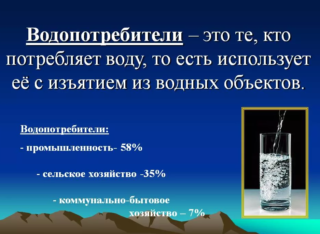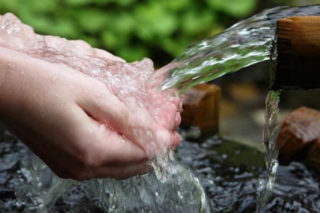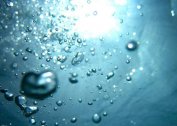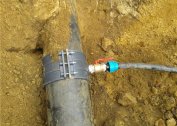Water management is one of the industries. The main task is to keep records, study and plan the integrated use of water resources, protect underground and surface sources from pollution, transport them to the final consumer, and thus provide all sectors of the economy with the necessary volumes of water and proper quality. By the nature of their use, the sectors of the national economy are divided into water users and water consumers.
Who are water consumers and water users?
Water consumers are industrial enterprises, utilities and agriculture. As a rule, they irrevocably take water from sources (reservoirs, rivers, storages, etc.). Water users, in turn, do not use the source itself, but only a moist environment - fisheries, water transport, hydropower, and so on.
Water consumers and water users can be industrial enterprises and organizations, citizens of their country, as well as foreign individuals and legal entities, stateless persons who use the water resource for their livelihoods.
Classification
Water users and water consumers are classified into several types, each of which has individual characteristics.
Types of Water Use
 The concept is classified according to the following criteria:
The concept is classified according to the following criteria:
- consumer impact on water bodies and the quality of resources;
- water use goals;
- methods of using a liquid medium;
- technical conditions;
- nature of water use.
Depending on the objectives, water users are divided into utility and food, household, industrial (without use in the power system), as well as watering and irrigation, territorial distribution.
Primary water users include owners of water intake equipment and related facilities. Secondary or subscribers are those organizations or people who do not have their own equipment and facilities, they are provided by primary users with the required volume of water resources, then they discharge sewage into sewer mains under conditions that have been previously agreed between the parties.
According to the conditions of transportation of a resource for use, it is divided into separate and joint.
By the nature of the use of a liquid as a substance with certain characteristics:
- mass application;
- water as a habitat;
- energy potential.
The objects of natural resource use are divided into marine, internal and underground. According to technical conditions, water use is divided into special and general.
The main types of water consumers
 The industry distinguishes the main groups of water consumption:
The industry distinguishes the main groups of water consumption:
- household and drinking needs of the population;
- ensuring the production needs of industrial enterprises;
- the work of fountains, irrigation of green spaces, washing settlements.
- extinguishing fires.
All species, with the exception of the latter, provide for a continuous supply of water; consumption volumes vary depending on the time of year. Extinguishing fires involves occasional use of water, the fence, as a rule, comes from reserve tanks.
The water supply system must satisfy all the needs of the end user (consumer). A large number of objects is a combination of consumers of water resources of different categories.
The main differences
The abstraction of water in large volumes erases the boundaries between these concepts. For example, during the construction of energy reservoirs, a substantial part of the resource is lost for filtration and evaporation. A similar situation is observed with the use of large volumes of liquid to cool the equipment of nuclear and thermal power plants. In this regard, industry began to actively combine these two concepts into one - water users. The most significant in water use is water consumption and water disposal.
Drainage involves the discharge of wastewater - the removal of contaminated liquids far beyond the boundaries of a settlement or other places of use. The total volume of wastewater includes all types of wastewater that is discharged into drainage depressions, underground horizons, and is also transported to filter stations for purification and reuse.



